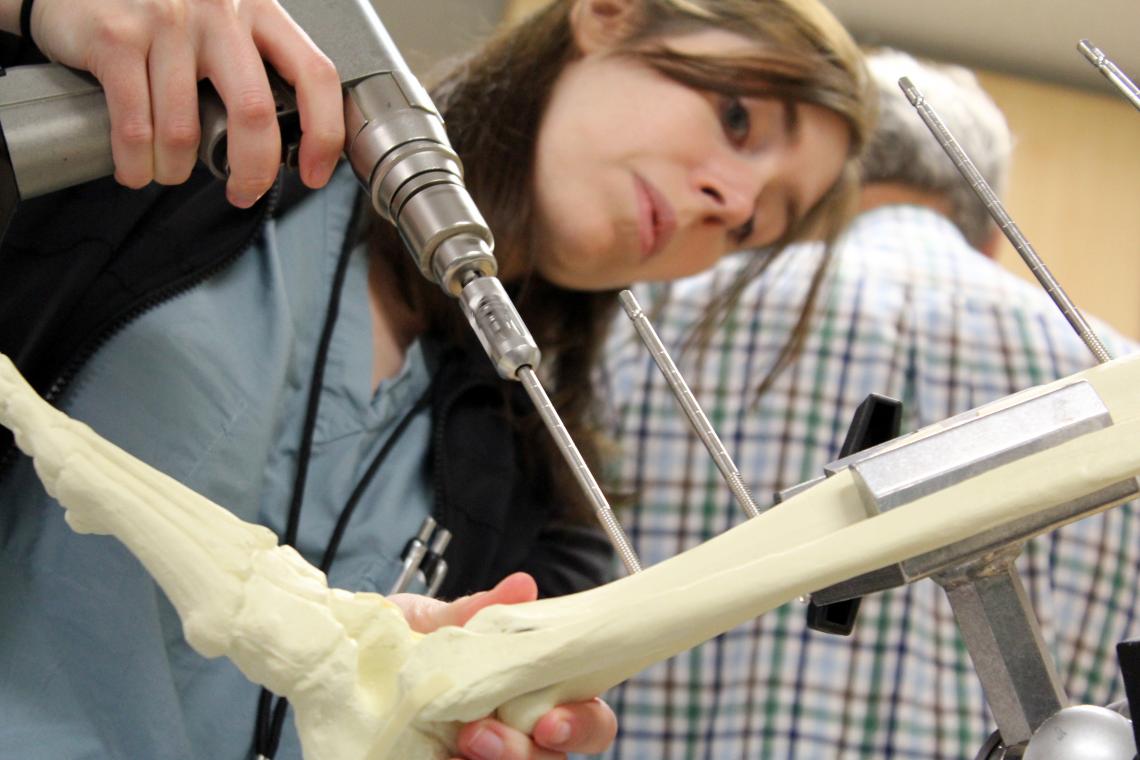
With an ultimate goal of patient safety and clinical excellence for all our healthcare learners, the Simulation Core employs various validated simulation methods to ensure realistic learning opportunities and assessments are possible.
Task Trainers
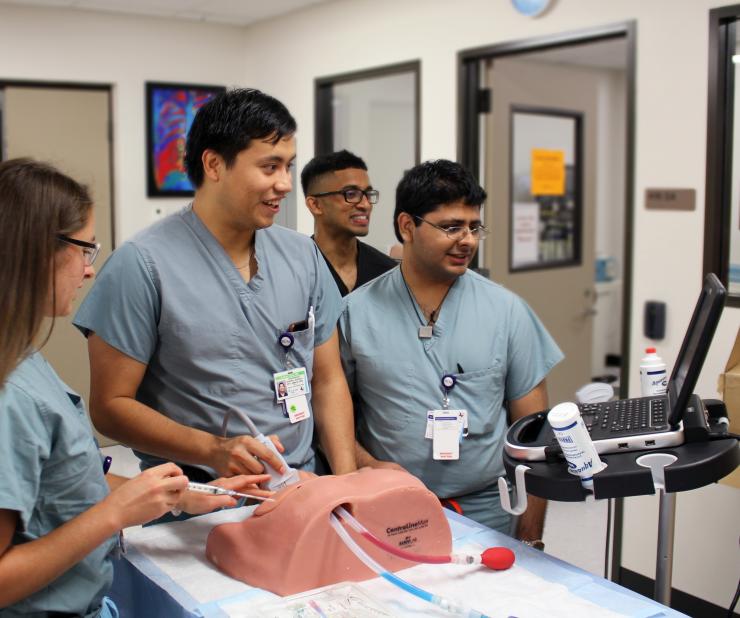
Used for skills that require repetitive practice, task trainers are models designed to help learners and trainees attain proficiency in suturing, intubation, central line placement, and many other physical examination and surgical tasks. Unlike manikin-based patient trainers, task trainers do not provide patient feedback; however, they allow visualization and haptic manipulation. For further information, please see our Simulation Resources Catalog.
Surgical Simulators
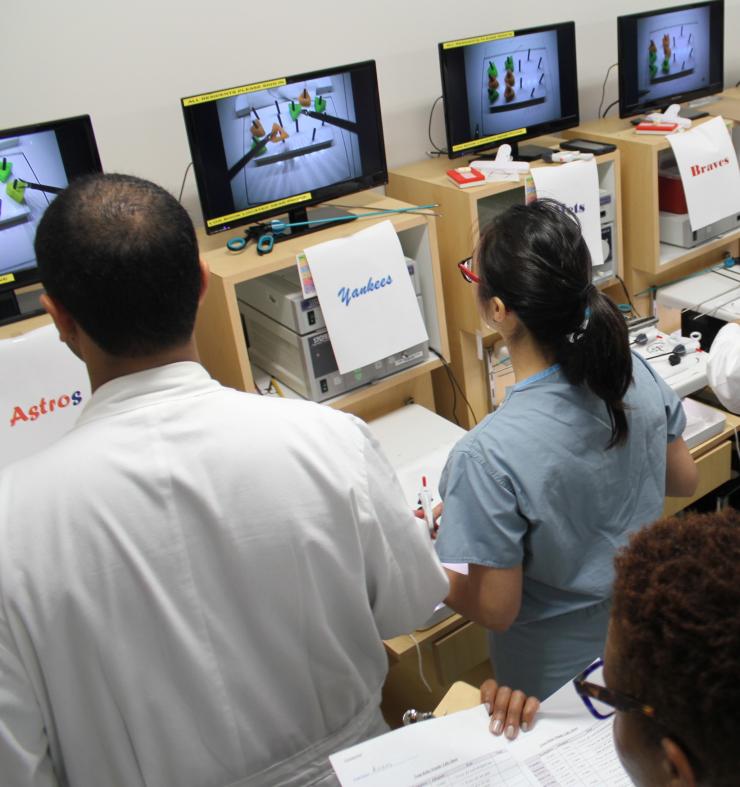
Several simulated-reality, computer-equipped devices are available to trainees for advanced technical surgical skills practice in a low-risk environment. Fundamental Laparoscopic Skills (FLS) stations, Fundamental Endoscopic Skills (FES) stations, LapMenor, AngioMentor, Arthromentor, and HystSim devices are used for psychomotor skills training and assessment that are aligned with the trainee's clinical activities. For further information, please see our Simulation Resources Catalog.
Manikin-Based Simulation
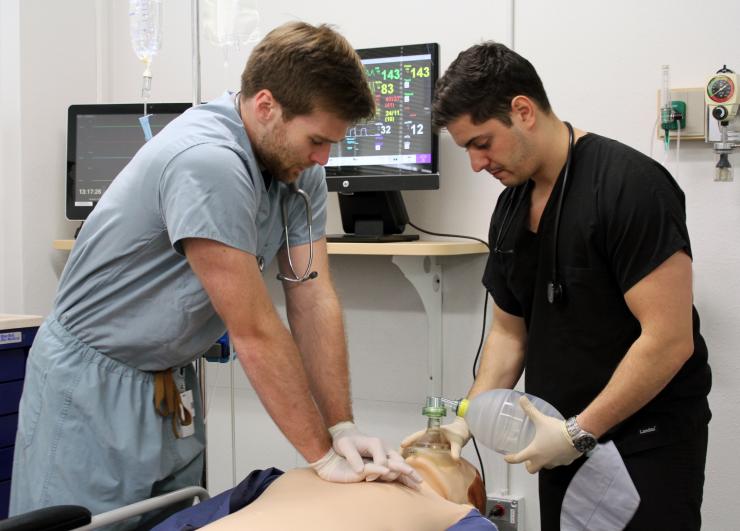
A full-body manikin patient can represent an actual patient, particularly when located in a simulation environment designed and equipped similarly to an authentic emergency room or operating room. According to the educational scenario, these devices can mimic a patient encounter by presenting speech, reactive pupils, physical exam findings, and vital signs, which can all be modified by the simulation technologist. Modifications provide immediate feedback to the learner, thus ensuring a realistic environment for training. A manikin-based simulation activity also provides an excellent opportunity for team training. For further information, please see our Simulation Resources Catalog.
Tissue-Based Simulation
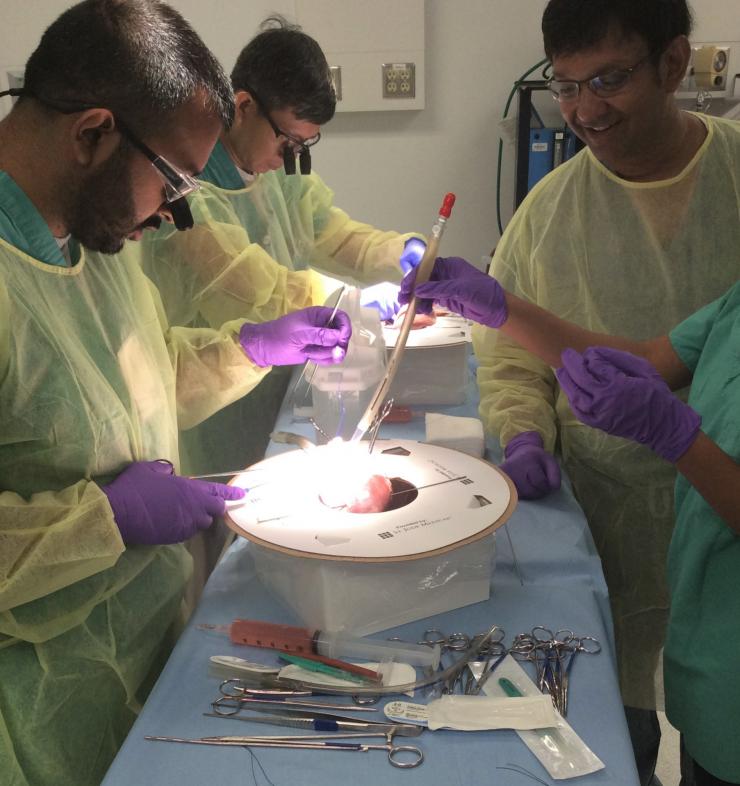
In collaboration with the College's Anatomy Core and industry partners, trainees have the opportunity to practice advanced surgical techniques using high-fidelity tissue models.
Standardized Patients
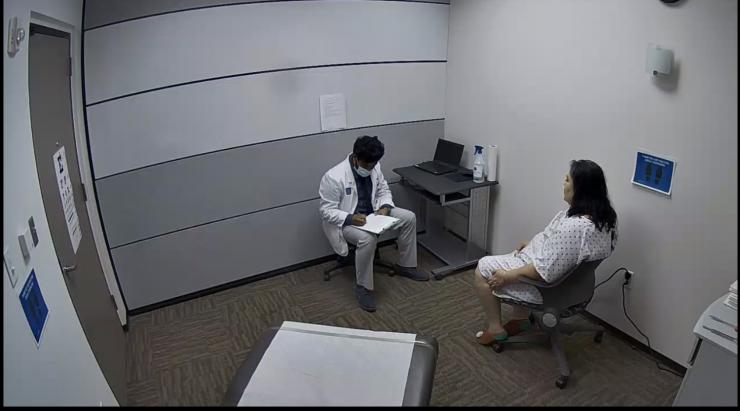
The Simulation Core employs over 80 Standardized Patients (SP) who play an essential part in allowing healthcare students to practice their communication and physical examination skills in a controlled and safe environment. A simulated patient-physician encounter is a proven, effective learning modality that uses scenario-based learning modules, including a patient script, physical exam activities, and a checklist. With a goal of fairness and objectivity across all learners, SPs are methodically trained by our educators to portray the patient role consistently and complete assessment checklists reliably. SPs also employ moulage to simulate injuries, rashes, and scars that match patient health concerns required in advanced scenarios. Video recordings provide instructors and learners observation and feedback for both formative and summative assessments. For further information, please visit our Standardized Patient Program.








